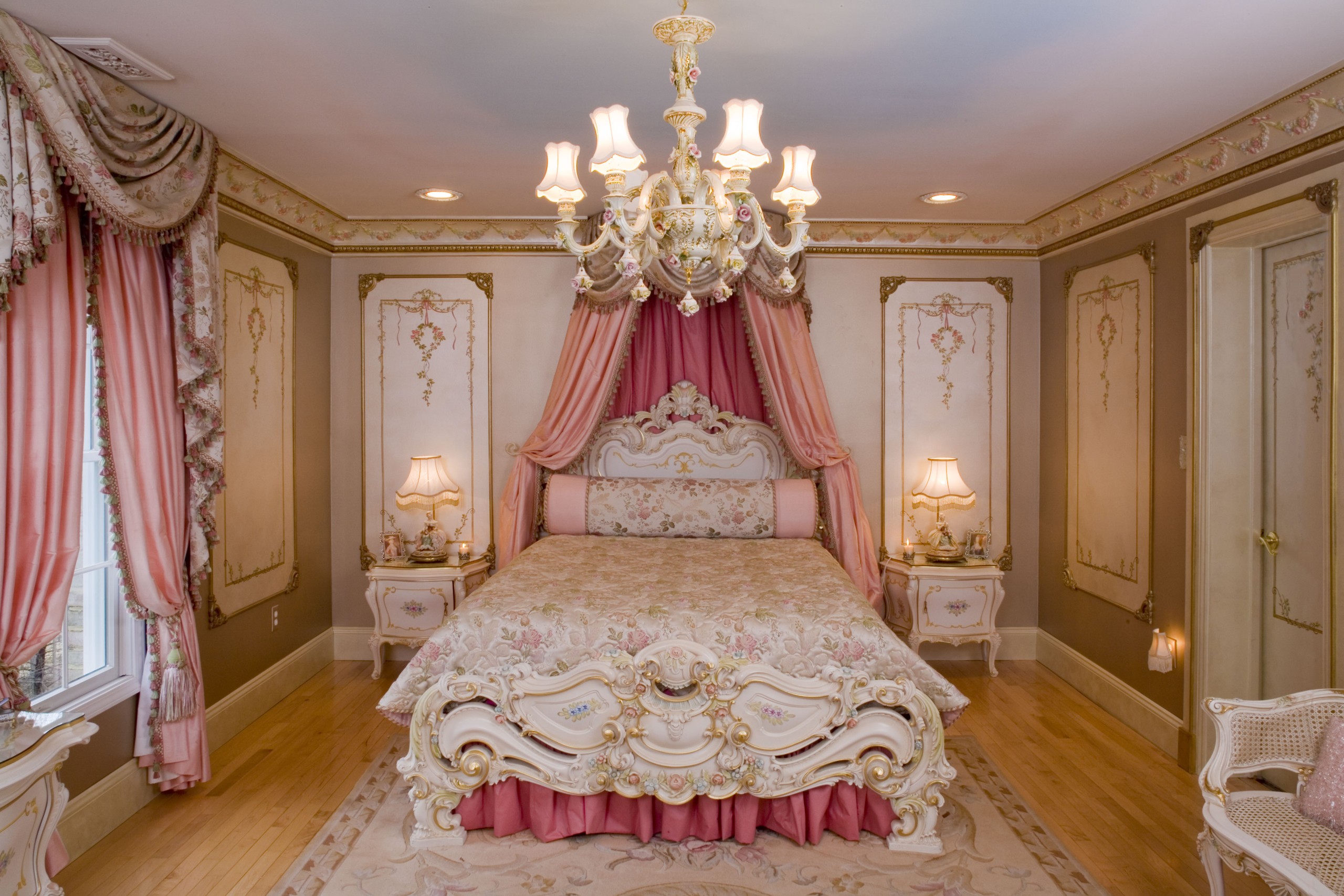Capturing the Victorian Aesthetic: Victorian Style Bedroom Ideas

The Victorian era, spanning from 1837 to 1901, was a time of immense social, cultural, and artistic change. This period left an indelible mark on interior design, with Victorian bedrooms becoming synonymous with opulence, grandeur, and a sense of romanticism. To recreate this timeless style in a modern setting, understanding the key elements that define Victorian aesthetics is crucial.
Victorian Furniture, Victorian style bedroom ideas
Victorian furniture was characterized by its intricate craftsmanship, ornate details, and heavy, substantial construction. Key pieces often included four-poster beds with elaborate headboards and footboards, dressers with intricate carvings, and plush armchairs upholstered in velvet or brocade. These pieces were typically made from dark woods like mahogany, walnut, or rosewood, and were often embellished with brass accents or hand-painted details.
Victorian Colors and Patterns
Victorian color palettes were rich and vibrant, with a preference for deep jewel tones like emerald green, ruby red, sapphire blue, and amethyst purple. These colors were often used in combination with gold or silver accents to create a luxurious and dramatic effect. Patterns played a significant role in Victorian decor, with floral motifs, damask designs, and geometric patterns being particularly popular. These patterns were often incorporated into wallpaper, fabrics, and carpets, adding a sense of richness and texture to the room.
Victorian Materials
Victorian bedrooms were often furnished with materials that reflected the era’s emphasis on craftsmanship and quality. Fabrics like velvet, brocade, silk, and lace were commonly used for curtains, upholstery, and bedding. Heavy, ornate carpets made from wool or silk were popular for adding warmth and comfort to the floor. Natural materials like wood, marble, and brass were also frequently used in furniture and decorative accents.
Iconic Victorian Bedrooms
Many examples of iconic Victorian bedrooms can be found in literature, movies, and historical photographs. In literature, Charles Dickens’s novel “Great Expectations” provides a vivid description of Miss Havisham’s bedroom, a space frozen in time, filled with decaying grandeur and symbolic of her unfulfilled desires. In the movie “Gone with the Wind,” Scarlett O’Hara’s bedroom at Tara Plantation showcases the opulence and romanticism of the Old South, with its elaborate four-poster bed, silk curtains, and intricate furnishings.
Incorporating Victorian Elements into a Modern Bedroom
While a full-blown Victorian bedroom might feel overwhelming in a modern home, incorporating key elements can add a touch of timeless elegance and sophistication. To avoid feeling overly dated, consider using a more muted color palette with subtle hints of Victorian hues. Instead of full-blown floral patterns, choose fabrics with smaller, more delicate motifs. Modern furniture can be paired with Victorian accents like an antique mirror, a vintage chest of drawers, or a set of ornate lamps.
Creating a Luxurious and Inviting Space

A Victorian bedroom should exude a sense of grandeur and comfort, a space where one can retreat from the world and indulge in relaxation. To achieve this, careful consideration should be given to the layout, furnishings, and decorative elements.
Creating a Comfortable and Functional Layout
The focal point of any Victorian bedroom is undoubtedly the bed. A grand four-poster bed, adorned with rich fabrics and intricate carvings, immediately sets the tone for the room. To enhance functionality, consider incorporating a chaise lounge or a plush armchair positioned near a window, providing a comfortable spot for reading or simply enjoying the view. Ample storage is essential, which can be achieved through the use of armoires, dressers, and chests. These pieces should be carefully selected to complement the bed and maintain a cohesive aesthetic.
Embracing Rich Fabrics
Victorian design is synonymous with opulence, and fabrics play a crucial role in achieving this aesthetic. Velvet, damask, and brocade are quintessential choices, adding texture and richness to the space. Velvet, known for its soft, luxurious feel, can be used for drapes, upholstery, or even bed throws. Damask, with its intricate woven patterns, is ideal for upholstery, while brocade, characterized by its raised patterns, adds a touch of grandeur to curtains and pillows.
Enhancing the Victorian Ambiance with Wallpaper, Moldings, and Decorative Trims
Wallpaper is an essential element in creating a truly Victorian ambiance. Floral patterns, intricate geometric designs, and scenes from nature are all popular choices. Moldings, both on the walls and ceiling, add architectural detail and create a sense of elegance. Decorative trims, such as tassels, fringe, and beading, can be incorporated into curtains, upholstery, and even lampshades, adding a touch of refinement.
